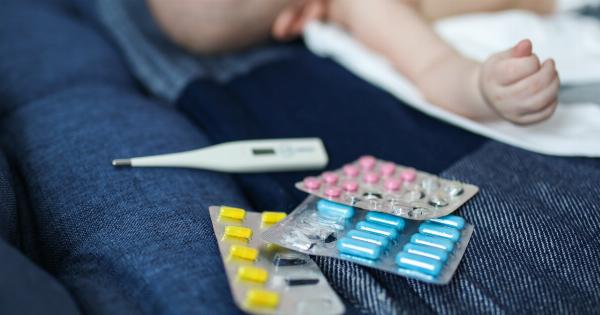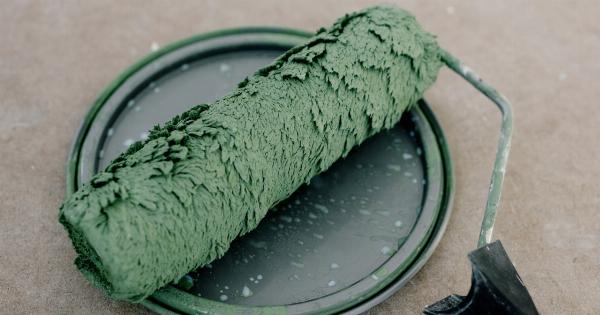One of the most common questions that expectant mothers ask is whether it is safe to color their hair while pregnant. With so much conflicting information out there, it can be difficult to know what to do.
Some people believe that hair dye can cause birth defects and harm to the baby, while others insist that it is perfectly safe. In this article, we’ll take a closer look at the risks associated with coloring your hair during pregnancy and provide you with the information you need to make an informed decision.
What are the Risks Associated with Coloring Hair During Pregnancy?
There is some evidence to suggest that certain chemicals commonly found in hair dye can be harmful to a developing fetus.
In particular, studies have suggested that exposure to certain chemicals found in hair dye – especially in the first trimester – could increase the risk of birth defects, including neural tube defects such as spina bifida.
Another concern is that hair dye can be absorbed into the scalp and enter the bloodstream. This could pose a problem if the chemicals in the dye are toxic or carcinogenic.
While most hair dye manufacturers claim that their products are safe to use during pregnancy, there is still some debate over whether they should be used at all.
Which Hair Dye Ingredients Should I Be Aware Of?
If you are considering coloring your hair while pregnant, it’s important to be aware of the different ingredients in hair dye and their potential risks. Here are some of the most common chemicals found in hair dye and their associated risks:.
Ammonia
Ammonia is a common ingredient in hair dye that helps to open the hair cuticle and allow the dye to penetrate. However, it can also cause irritation and damage to the scalp.
While ammonia is not considered to be a significant risk to a developing fetus, it’s still a good idea to minimize your exposure.
P-Phenylenediamine (PPD)
PPD is a common ingredient in hair dye that is responsible for giving the hair its color. However, it is also a known allergen that can cause skin irritation, itching, and redness.
There is some evidence to suggest that repeated exposure to PPD could increase the risk of bladder cancer, although there is no evidence to suggest that it is harmful to a developing fetus.
Resorcinol
Resorcinol is another common ingredient in hair dye that is responsible for helping the dye adhere to the hair. However, it can also cause irritation and damage to the scalp.
In high doses, resorcinol has been linked to thyroid dysfunction and other health problems. While there is no evidence to suggest that it is harmful to a developing fetus, it’s still a good idea to minimize your exposure.
What Can I Do to Minimize the Risks?
If you do decide to color your hair while pregnant, there are several things that you can do to minimize the risks:.
Wait Until the Second Trimester
Many experts recommend waiting until the second trimester – around 14 weeks – before coloring your hair. This is because the baby’s organs are largely formed by this point, which means that the risk of birth defects is lower.
Choose Semi-Permanent or Vegetable-Based Dye
Semi-permanent and vegetable-based dyes are generally considered to be safer than permanent dyes. They contain fewer chemicals and are less likely to be absorbed into the scalp.
Avoid Doing It Yourself
Some experts recommend going to a professional hairdresser rather than trying to color your hair yourself. This is because hairdressers are trained to use hair dye safely and know how to minimize your exposure to the chemicals.
Avoid Applying Dye to the Scalp
If you do choose to dye your hair, try to avoid applying the dye directly to your scalp. This will reduce the risk of the chemicals being absorbed into your bloodstream.
Conclusion
So, is it safe to color your hair during pregnancy? The answer is not clear-cut. While there is some evidence to suggest that hair dye could be harmful to a developing fetus, most studies have found no significant risk.
The best advice is to wait until the second trimester, choose a semi-permanent or vegetable-based dye, and avoid doing it yourself. If you are still unsure, it’s always a good idea to speak to your doctor or midwife for further advice.































